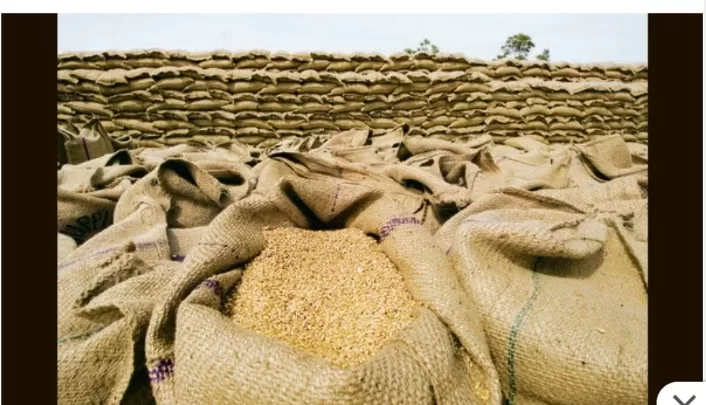In a bid to rectify a significant disparity in wheat production estimates for the 2023-24 crop year, the Indian government has announced strategic reforms in its agricultural system. This move comes after traders identified a glaring 10 million-tonne gap between official estimations and industry assessments.
The Ministry of Agriculture had initially projected wheat production to reach a staggering 112.7 million tonnes, while industry experts, in contrast, approximated a more conservative 101-103 million tonnes for the same season.
Sanjeev Chopra, the Secretary of Food and Public Distribution, acknowledged this discrepancy and stated, “We are reporting 112 million tonnes while the trade reports 102-103 million tonnes, leaving a gap of 10 million tonnes. To ensure that this kind of disparity is minimized, you will see changes in the next one or two years to make our figures more grounded in reality.”
To achieve more accurate crop estimates, the government is turning to innovative methods such as field verification and remote sensing. This approach, akin to Karnataka’s successful use for fruit production, will be implemented nationwide through the Agristack initiative. Agristack, also known as the India Digital Ecosystem for Agriculture, has been in development since 2020 and aims to provide a comprehensive platform for agricultural data management.
Chopra emphasized the importance of adapting to climate change effects on wheat crops and mentioned collaborative efforts between the Ministry of Agriculture and the Indian Council of Agricultural Research (ICAR) to promote heat-tolerant wheat varieties.
Furthermore, to bolster wheat crop productivity, the government, in partnership with state governments, aspires to increase wheat yield by 20% within three years.
To address concerns about wheat security, the government plans to procure and distribute 2.8 million tonnes of millets, a significant increase from the previous season’s 700,000 tonnes.
Chopra reassured the public regarding wheat availability, citing ample stocks held by the government, flour millers, and a buffer reserve.
In conclusion, these reforms signify the government’s commitment to bridging the gap between official estimates and ground reality in the agricultural sector, ensuring food and wheat security for the nation.




